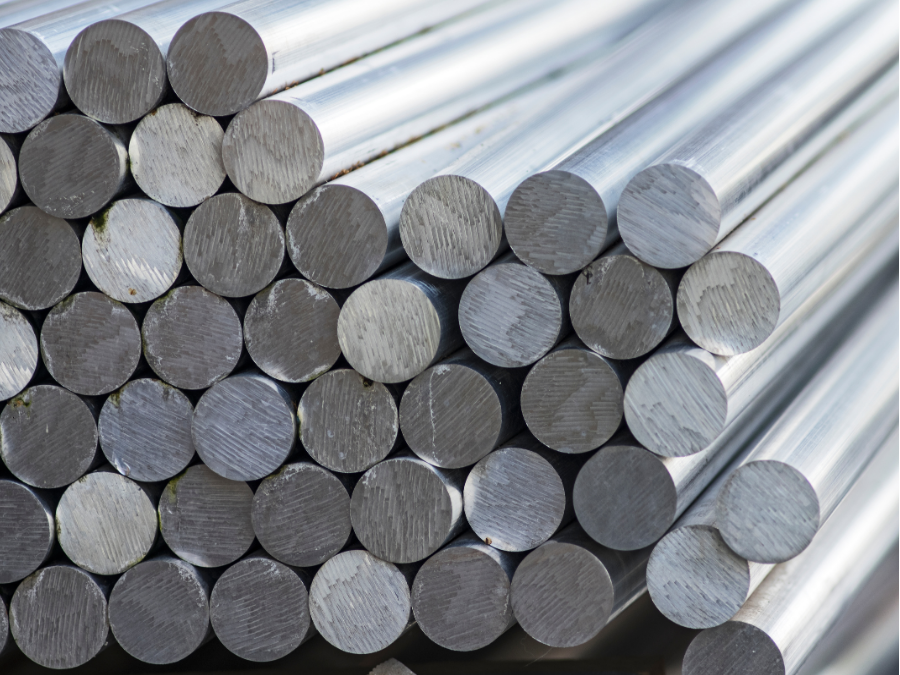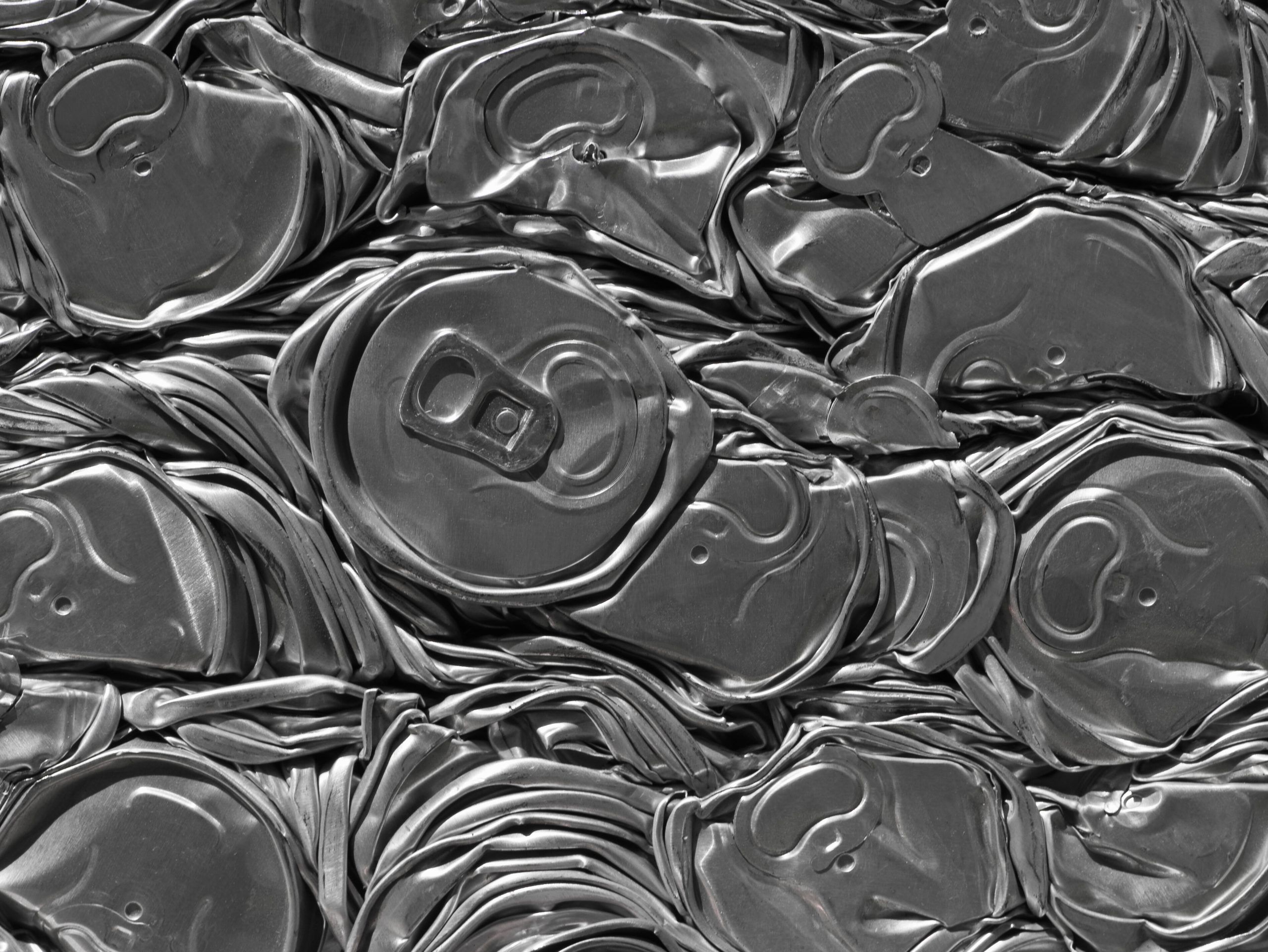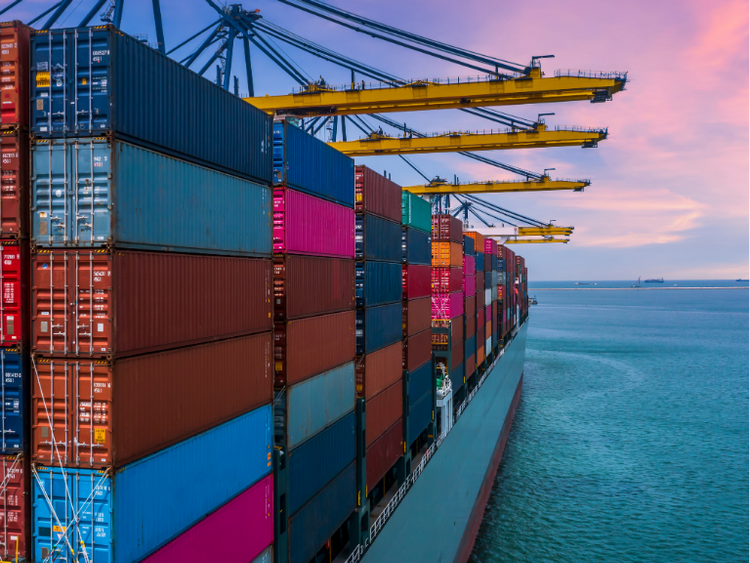Export Growth

November 18, 2025
Daily alumina production dropped in most regions, IAI reports
Written by Greg Wittbecker
The International Aluminum Institute (IAI) has released its monthly report on alumina, showing global production at 6.08 million metric tons for September.
The reporting structure for alumina differs from aluminum (which we reported on earlier this month) due to the more concentrated nature of alumina production in some regions.
Africa and Asia are combined at the expense of Asia ex China and the Gulf Region to avoid disclosure of individual refinery production in those regions.
Regional breakdown of total production smelter-grade alumina (000 metric tons):
| Africa & Asia | N. America | S. America | Europe incl Russia | Oceania | China | Unreported Estimate | Total | |
| June | 1,197 | 132 | 916 | 486 | 1,340 | 7,125 | 522 | 11,718 |
| July | 1,240 | 130 | 933 | 480 | 1,447 | 7,581 | 540 | 12,351 |
| Aug. | 1,266 | 135 | 1,008 | 479 | 1,456 | 7,629 | 540 | 12,513 |
| Sept. | 1,185 | 116 | 905 | 466 | 1,391 | 7,553 | 522 | 12,138 |
Regional breakdown of daily production (000 metric tons):
| Africa & Asia | N. America | S. America | Europe incl Russia | Oceania | China | Unreported Estimate | Total | |
| June | 39.90 | 4.40 | 30.53 | 16.20 | 44.67 | 237.50 | 17.40 | 390.60 |
| July | 40 | 4.19 | 30.10 | 15.48 | 46.68 | 244.55 | 17.42 | 398.42 |
| Aug. | 40.84 | 4.35 | 32.52 | 15.45 | 46.97 | 246.10 | 17.42 | 403.65 |
| Sept. | 39.50 | 3.87 | 30.17 | 15.53 | 46.37 | 251.77 | 17.40 | 404.60 |
What stands out
As in primary metal, you need to pay attention to daily production rates, not absolute production numbers due to the variation in production days per month. What we see in comparing the last two 31-day months and two 30-day months is a steady increase in daily output. September daily output is up 3.6% versus June.
There is substantial divergence by region that contributes to the aggregate change. Let’s look at individual regions:
Africa & Asia: September saw a 0.75% month-on-month decline in daily output. This region includes a significant number of refineries — six in India, three in Indonesia and two in the Gulf Region. We are unaware of any publicized excursions or planned maintenance curtailments.
North America: A sharp 11% month-on-month decline in daily output. Production in the regions consists of Rio Tinto Arvida and the Atalco refinery in Gramercy, Louisiana. Neither company has acknowledged any public reduction in output.
According to a recent report by the Louisiana Illuminator, Atalco has faced scrutiny from the Louisiana Department of Environmental Quality (LDEQ), which issued a “Notice of Potential Penalty” compliance order in August pertaining to breaches in its waste containment lakes. These are the settling ponds holding bauxite residue, which is a standard residue from all alumina refineries.
There is no evidence that the LDEQ notice has led to any curtailing of production at Atalco. However, we have seen situations in the past in other regions where residue treatment has led to temporary reductions in refining. The most noteworthy example took place in 2018, when Hydro was compelled to curtail 50% of its Alunorte Brazil refinery after authorities were not satisfied with the company’s residue storage protocols.
South America: A 10.2% decline in daily outputs in September. Production is concentrated in Brazil and Jamaica. Alunorte (Hydro) and Alumar (a consortium of Alcoa, South32, Rio Tinto) are the big Brazilian sites. Alcoa said in its recent earnings call Alumar has set record production and there is no hint that Alunorte has any problems.
This leaves Jamaica as the possible source of the decline. The Ewarton refinery may have some temporary logistical problem stemming from a railcar derailment in August. Jamalco, owned by Century, took precautionary steps to idle the refinery in late October against Hurricane Melissa, but there is no indication that September run rates were impaired. Century acknowledged the refinery is operating at 80% of its installed 1.4 million metric tons/year capacity.
Europe: No appreciable change in output here, up 0.5% month on month.
Oceania: Daily output fell 1.2% in September. On Sept. 29, Alcoa formally announced the permanent closure of its 2.2-million-ton refinery of Kwinana in Western Australia. It is reasonable to assume they may have begun to systematically shut down some of the circuits during the month.
China: The big increase month on month comes in China, where output rose 2.3%, There was no new capacity brought on during the month, rather it’s a case of the incumbent capacity running more efficiently. This has on-going ramifications to the world ex China alumina, which we discuss below.
Why this matters
It may be tempting to say, “Why should I care about alumina? I am in aluminum.”
There’s some truth in this statement. On a day-to-day basis, alumina doesn’t have a great deal of influence on price discovery in Midwest aluminum. However, over the medium term, alumina remains extremely important.
Alumina is the biggest cost to an aluminum smelter, closely followed by power. A year ago, alumina was trading at $765 per metric ton, or $1,530 per ton of aluminum. (It takes two tons of alumina to make one ton of metal.)
By comparison, power priced at $40 per megawatt hour equated to power cost for global smelting at $560 per ton. (14,000 kilowatts/14 megawatt hours of power required per ton of aluminum production. Alumina cost was 2.73 times that of power!) At $1,530 per ton, that represented 54.5% of the LME cash price. This potentially puts a real squeeze even on smelters operating with low-cost power in places like the Middle East. Prices did not persist at those elevated levels, but it does remain a concern.
Today, alumina has gone to the other extreme, trading at $320 per ton or $640 per ton expressed in metal recovery terms. It is only 22.5% of LME cash now. Alumina is now trading at 1.15 times power cost. Much more palatable to the smelters.
But while the smelters are happy, the refineries are not, as many refineries are operating in the third and fourth quartile of the alumina cost curve that is above $300 per ton.
China has changed the dynamic in alumina
About 10-15 years ago, China was a reliable importer of Western alumina, taking from 3 million-6 million tons per year. That flow has completely stopped now as China has reached self-sufficiency.
With a daily run rate of nearly 252,000 tons per day, China is capable of producing over 91.6 million tons per year. That output is capable of supporting 45.8 million tons aluminum production, which is more or less the country’s stated production cap on aluminum. It is also not a given that these refineries can’t do more. The fact that China has been able to export over 2 million tons/year to keep the Russian smelters afloat during the various alumina embargoes against them says volumes about China’s ability to pump more alumina in the world. This has everything to do with why the alumina price has fallen so hard.
Well-priced alumina can compensate for ever-increasing power costs
We have talked a great deal about the problems with power for smelting. It’s not getting any better. The good news is that ratio of alumina cost versus power is narrow today. Smelters would like to see that stick around.
Medium-term, the alumina markets’ propensity to trade in this lower price range will depend on how many of the fourth quartile refineries are willing to hang around. Chinese supply coming into the World ex China market may also keep a cap on things.
To be sure, aluminum smelters will be rooting for China for a change.







